Note: While this post is sponsored by Pathways, all opinions expressed are my own. In addition, I am not a medical professional, but the information within the post has been researched and is from credible sources. Always seek advice from your doctor before undertaking any new treatment.
Chronic pain is no joke. And it’s every day waking up not knowing how you’re going to feel..
– Lady Gaga
Pain – The Bully
If I imagined chronic pain as a person, a nasty and vicious bully immediately springs to mind. Like a bully, chronic pain likes nothing more than to torment and makes it’s victim’s life a living misery. It wants nothing more than to lurk in the shadows, waiting to strike and to make its presence felt.
"If I imagined chronic pain as a person, a nasty and vicious bully immediately springs to mind. It wants nothing more than to lurk in the shadows, waiting to strike and to make its presence felt." Click To TweetIt’s unpredictable and cruel, making its victim fearful, becoming hypervigilant and waiting with bated breath for the next sudden appearance. Every day is unknown, every day waking up and not knowing if this bully will emerge from the shadows to put a dampener on the day ahead and ruin the jovial mood.

What once brought joy and excitement no longer induces such happiness. Now only exists constant apprehension of the potential appearance of our bully. We do anything to try and avoid the ‘bully’ and evade potential torment and hurt.
Pain: A Mortal Enemy
When pain becomes constant, however, it not only seemingly becomes our whole life, but it becomes our closest companion. A companion that never leaves our side for even a moment and is with us through it all. It is relentless and all-encompassing. This constant and closest companion is no friend; however, no it has become our mortal enemy.

We are all familiar with the phrase, “Keep your friends close, and your enemies closer.” The implication being that we should know our enemies well. When chronic pain becomes a constant enemy, however, we have no choice but to keep it close. It is an enemy that exists within us, an extension of our body and one which knows us intimately. Perhaps to ‘overcome’ and deal with our enemy, we need to research and learn about them and how they work. By doing so, can give a greater sense of control and reducing feelings of powerlessness against the enemy. Knowledge is power.
"Perhaps to deal with our enemy, we need to learn more about it…By doing so, can give a greater sense of control and reducing feelings of powerlessness against the enemy. Knowledge is power." Click To TweetLearning About Pain
On my quest to quiet the intense pain that has been viciously bullying me, I have been getting to know the mechanics of pain itself. For instance, I have learned that the body’s pain system acts as an internal danger alarm. One that is incredibly useful for acute pain such as a stubbed toe, for instance.
When pain becomes chronic, it is as though the volume on the internal alarm has been turned up; stuck on high-alert. Any perceived threat or danger can cause the warning system to be triggered.
"The body has an internal danger alarm to alert us when pain occurs. When pain becomes chronic, however, it is as though the volume on this alarm is now stuck on high-alert." Click To Tweet
Central Sensitisation of Pain: From Acute to Chronic
Research has shown that the experience of chronic pain changes how the nervous system works. When pain lasts more than six months, the brain and nervous system become more adept at creating the sensation of pain.
Through repetition, we become more accomplished at a new skill or habit. The body works in the same way. The more the brain and body practices creating pain, the easier it becomes for it to create the sensation again.
"Through repetition, we become more accomplished at a new skill. The body works in the same way. The more the brain practices creating pain, the easier it becomes for it to create the sensation again." Click To TweetAs the pain continues, the brain and nervous system become overprotective. Pain becomes self-sustaining; being felt more as a result of your beliefs, thoughts, expectations than the physical condition of the body or injury itself. A process by which the medical community calls Central Sensitisation.
"As the pain continues, the brain and nervous system become overprotective. Pain becomes self-sustaining; being felt more as a result of your thoughts, than the physical condition of the body or injury itself." Click To TweetWhen living with chronic pain, it is easy to come to see our bodies as the enemy; like a bully with the sole aim to torment. But, after learning more, I now realise that it is a system only trying to protect us. Pain is only trying to be our friend, albeit it a very protective one. Our body is working overtime at protecting itself with this overactive pain response.

There are steps that we can take to help our pain system become less protective and thereby lessening the amount of pain experienced. Treatment that can help unlearn these patterns and help the brain reduce the neural pathways that create pain. A process by which is known as neuroplasticity.
Tools To Help ‘Rewire’ The Brain And Reduce Chronic Pain
Mindfulness and Meditation
There has been much research conducted on the benefits of mindfulness and meditation for those living with chronic pain. Evidence suggests that both mindfulness and meditation can help relieve pain by creating structural and functional changes in the brain. Research has shown that several areas of the brain become larger after meditation. Areas which are essential in the body’s fight or flight response.
Further research has also suggested that mindfulness meditation outperforms a placebo in pain reduction. It does so by activating two specific brain regions associated with self-control and deactivating the thalamus. The finding is significant as the thalamus helps determine which sensory information is allowed to reach other brain centres.
Using Food for Healing
According to science, our brain’s use approximately 20 percent of our body’s energy. And energy comes from the food that we eat, and to function well; therefore, we need high-quality nutrients. To help facilitate changes in the functioning of the brain, a diet containing brain-healthy foods is essential. Foods such as walnuts, raw almonds, leafy greens, dark chocolate, and fish high in Omega-3 can help boost brainpower and increase neuroplasticity.
Get Moving
We all know the benefits exercising has on mental and physical health, but it can also help retrain the brain. Research has found that exercising for 30 to 45 minutes, three to four times a week increases oxygen and blood flow to the brain. The increased oxygen and blood flow provide additional energy for the brain, which in turn makes it easy for neuroplastic changes to occur.
Learn Something New
When we learn something new, especially those that utilise both sides of the brain, it stimulates brain growth. Such activities include learning a new language or playing a musical instrument. As the ‘whole brain’ use increases, this capacity spills over into other areas of brain function and makes creating new neural connections and pathways an easier process.
Pathways Pain Relief App
The Pathways Pain Relief App is a terrific digital resource on neuroplasticity. The founder, Sandip Sekhon, a former chronic pain patient himself and who knows all too well the benefit that neuroplasticity can have in relieving chronic pain. It has become the most comprehensive online pain therapy programme available; including over 60 online pain therapy sessions and additional custom sessions depending on your level of pain and condition.
Within the programme, there are five main modules, which include:
- Pain Relief Essentials
- Supercharge Pain Relief
- Deep Stress Relief
- Happiness and Gratitude
- Mindfulness and Meditation
Within each of the modules listed, are various physical and visualisation exercises, educational materials, and interactive quizzes. Each of the sessions is informative, easy to understand, and easily digestible, even if the pain is making following anything complicated. The app has been well thought out and executed as there are both audio recordings and written transcripts available for each session. And the little quiz at the end is an excellent way of making sure that you have taken in all of the critical information, and more importantly have understood it all.
Overall the app allows you to learn all the information and tools to help get you started on rewiring your brain in a fun and positive way. The app’s jargon-free language makes the process of neuroplasticity much less intimidating.
"The Pathways App allows you to learn the information and tools to help get you started on rewiring your brain in a fun and positive way. The app's jargon-free language makes the process of neuroplasticity much less intimidating." Click To Tweet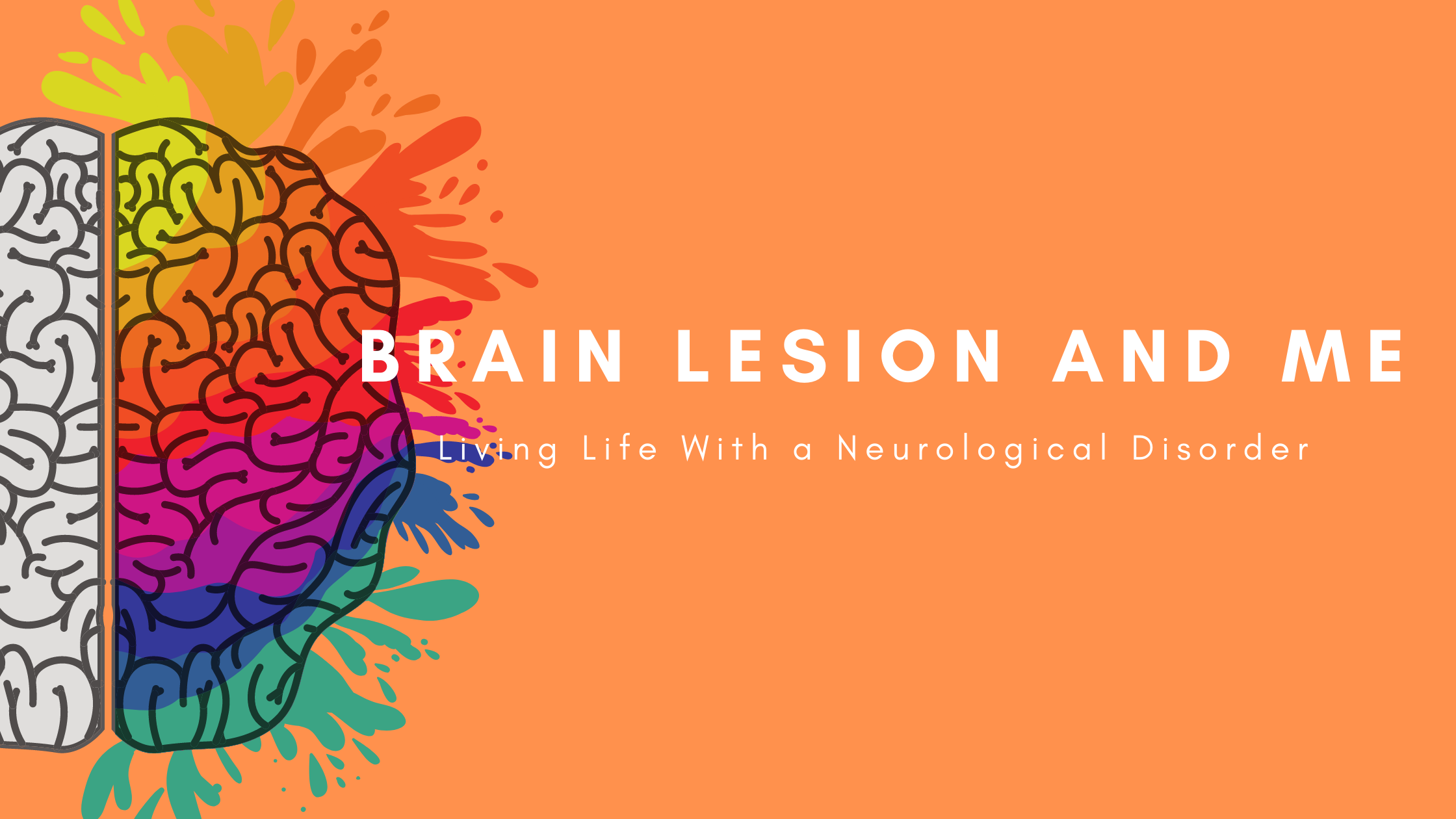
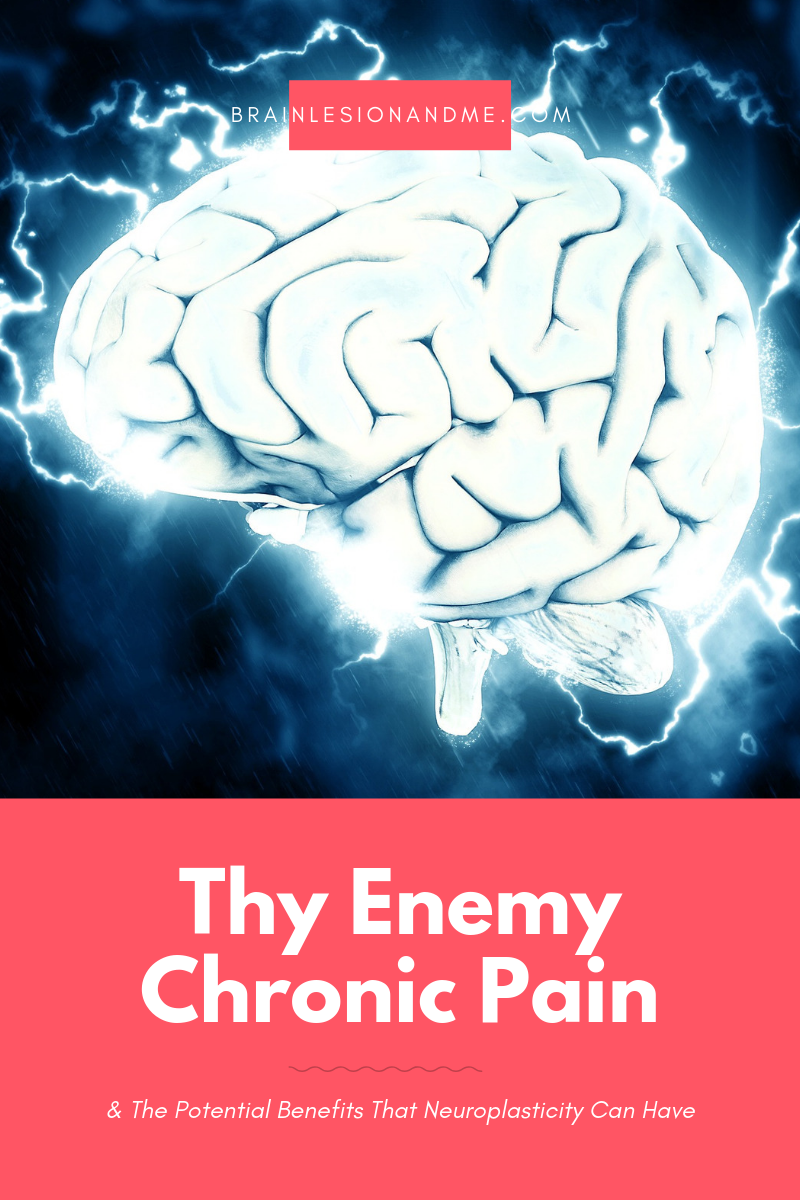
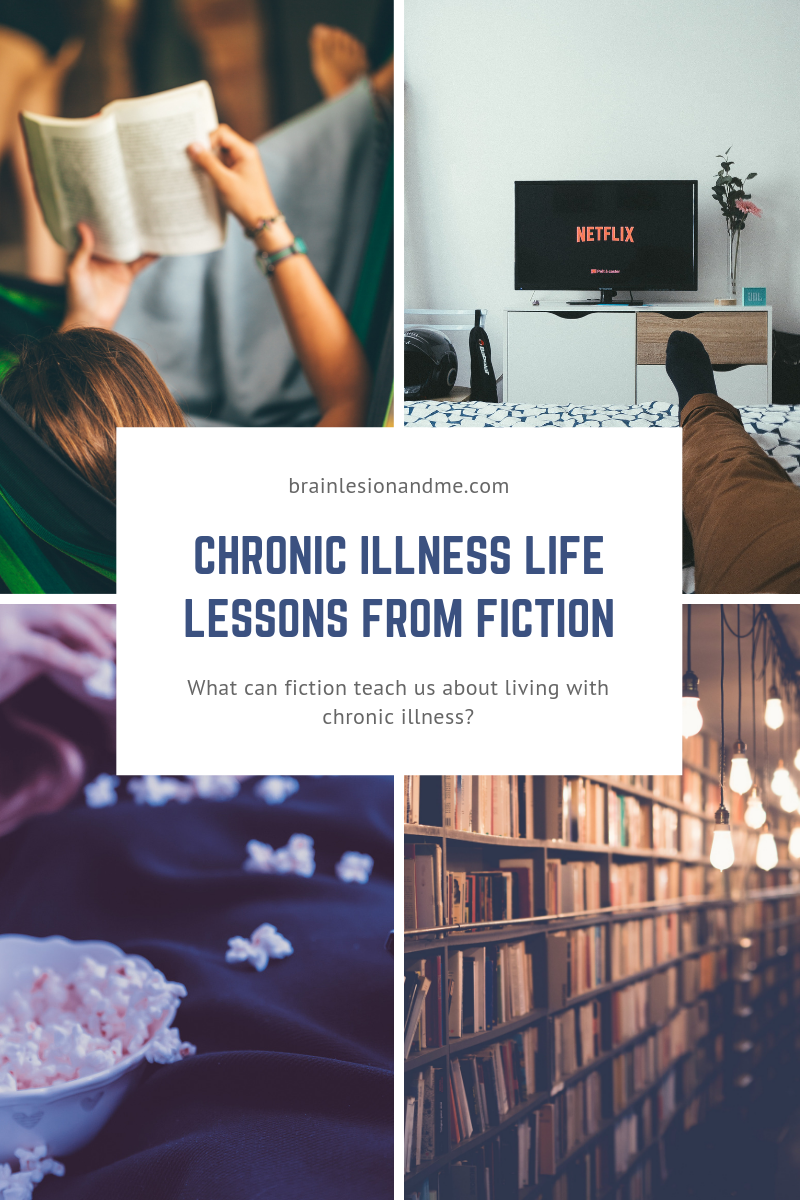

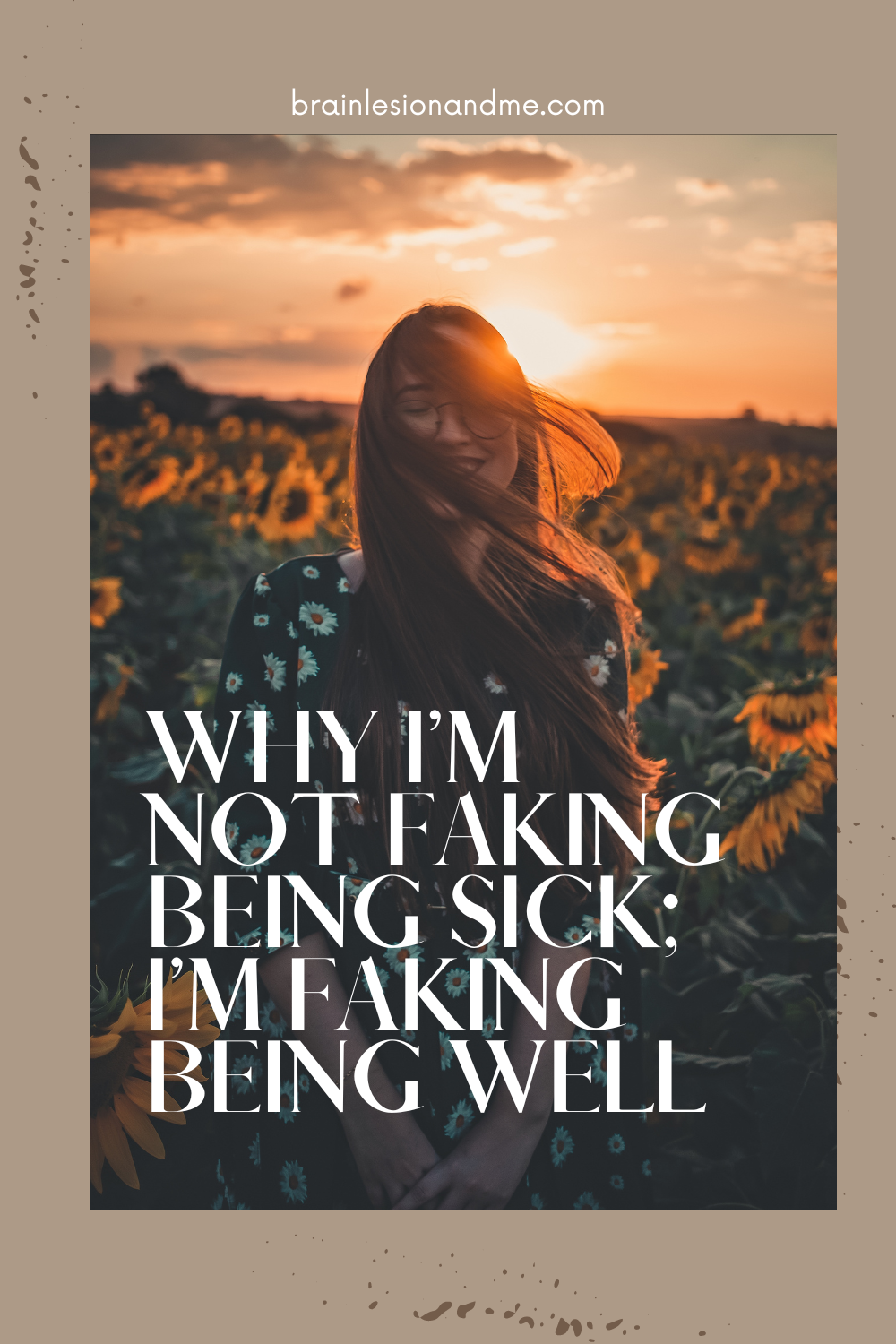

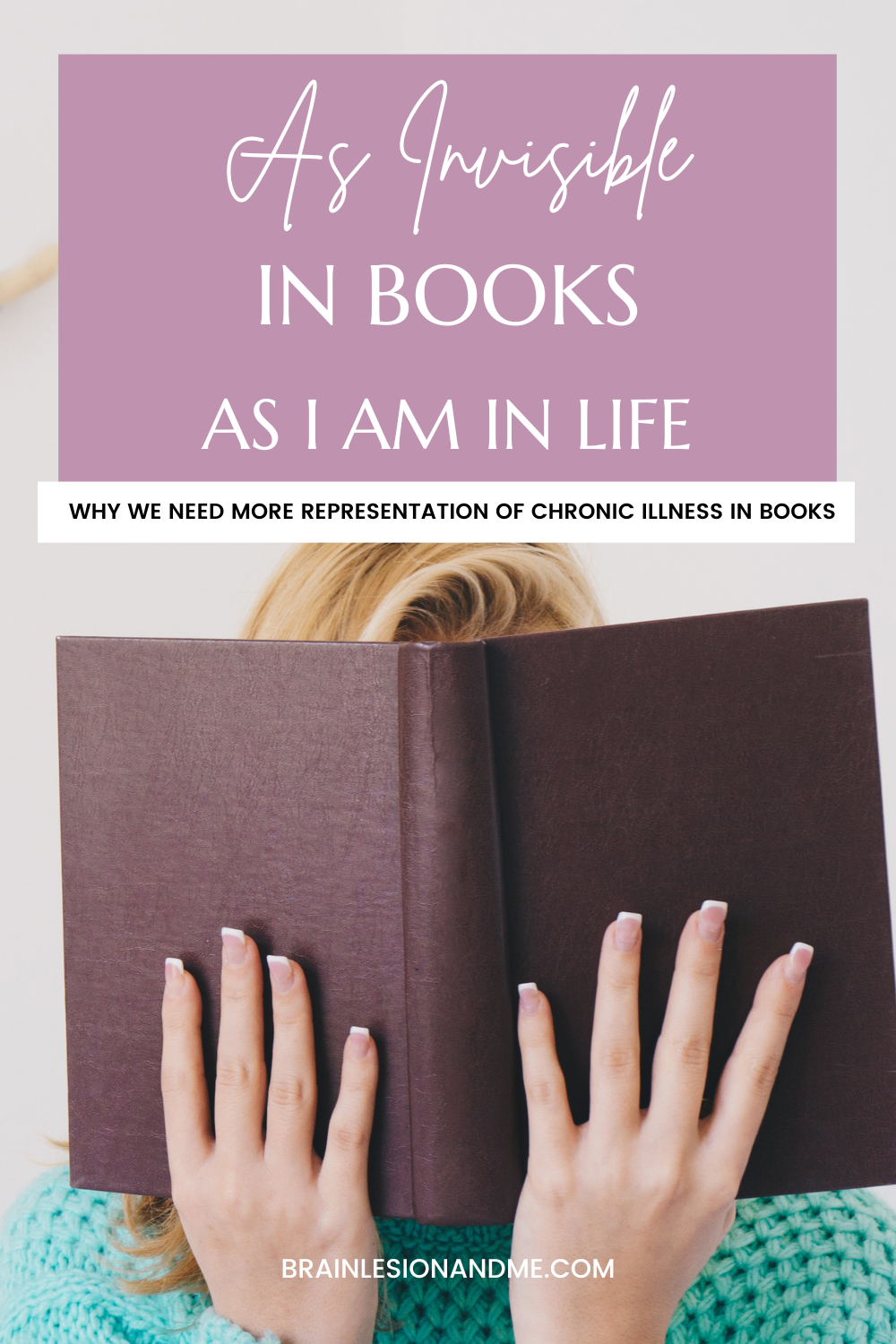
Claire Saul
A beautifully written article as always Rhian and one that so many of us will relate to. My pain has been at fever pitch over recent weeks and has felt far from protective, with even my spinal cord stimulator struggling to give relief. But it has to be tackled one day at a time in my experience and I have been setting small goals to try to ease past it. The dark chocolate to boost brain power gets the thumbs up from me every day!! I have just downloaded the Pathways app and am currently setting it up, so look forward to using it. Claire
Rhiann Johns
Thank you so much Claire. So sorry to hear of your continued struggles dealing with pain. It is such a horrible struggle to bare. I hope you find some relief in whatever form it comes! And good luck with using the app!
Caz / InvisiblyMe
A really well-written, thought-provoking post, Rhiann. “The more the brain and body practices creating pain, the easier it becomes for it to create the sensation again” – I actually hadn’t really thought about it like this before. It makes sense that pain changes the nervous system and your body adapt and responds differently from prolonged, chronic pain. Yikes. My body has definitely become well practiced at creating the feelings of pain, too. I’m curious about the Pathways app as I’d heard about it before but never downloaded it. Will have to check it out 🙂
Caz xx
Rhiann Johns
Thank you so much, Caz, for your continued support of my writing. You are ace! Yes, learning more about the mechanics of chronic pain, more I realised how complex the whole process is, and how very little I knew about it despite living with it constantly! I do hope you try the app, the only downside being the price for many of the features although the free sessions at the beginning of the course are worthwhile in listening too and many other features too!